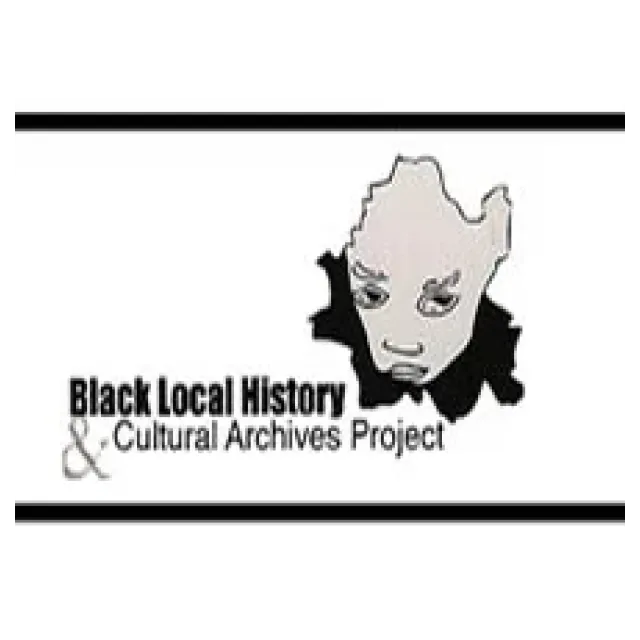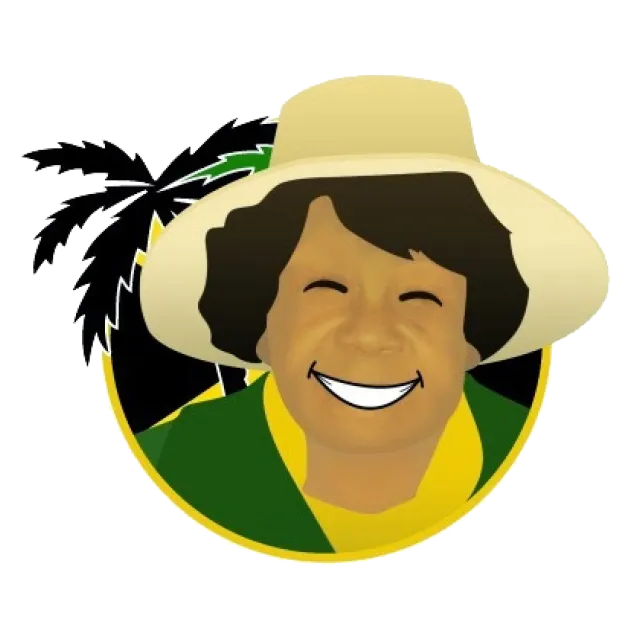Contribution and Recognition –
A look at some of the contributions made by Black people to Britain and its Allies up to and including the First World War
Throughout history Black people have served with distinction the British military. Black servicemen and women have either fought in the major wars or served as logistical support personnel. In this article we look at some of the contributions made and milestones reached by Black servicemen in the armed forces of Europe.
Black drummers, cymbal players and trumpeters were found in a number of regimental bands, from the time of Henry VII till 1841. Many of the Black soldiers were trumpeters. Trumpeters became natural targets for snipers on the battlefield.
John Blanc was a Royal Court trumpeter during reign of Henry VIII. He was the first Black man to be depicted in English art.
Historical information on Black soldiers from this period onwards can be found in the Regimental Description Books of British Army regiments. Few were promoted.
The West Indian Regiment was formed in 1775, noted as the longest continually serving Black regiment from 1795 until 1927. The regiment campaigned in the Caribbean and later in Africa. Two members of the regiment were respectively awarded the Victoria Cross in 1866 and 1892. One of these recipients was Sergeant William Gordon who was awarded the Victoria Cross in March 1892 for entering the line of fire to rescue his commanding officer.
Olaudah Equiano (Gustavus Vassa)
Olaudah Equiano was born in the West African city state Benin (now part of modern day Nigeria). At the age of eleven he was abducted by slave traders and sold into slavery in Barbados. Equiano eventually ended up as slave to Michael Pascal, a British naval officer. He was given the name Gustavus Vassa.
Olaudah later settled in London and became a renown anti slavery campaigner. Olaudah wrote an account of his life, published as: The Interesting Narrative of the Life of Olaudah Equiano, or Gustavus Vassa, the African. He states that he was born in a region of present day Nigeria called ‘Eboe’. The son of a chief, Equiano and his sister were abducted by slavers. They were taken to the Guinea coast and put on a slave ship. 11-7- 1776– Olaudah Equiano bought his freedom. He experienced warfare between 1756 and 1763, as a powder carrier in the Royal Navy. 31-3- 1797– Olaudah Equiano died without seeing Africa again.
The Worcestershire Regiment recruited Black drummers from Guadeloupe from 1759 onwards. In 1820; there were 11 vacancies in the regimental band reserved for Black drummers. Major Murchinson in 1834 commented on the head wear of the drummer’s uniform: “There were three black drummers, time beaters in the band. Each was dressed as follows: a muslin turban with a silver crescent in front, and scarlet feather 12 inches long, with a silver cord and tassels entwined around the turban”.
Military historian John Ellis has identified 41 Black and Asian soldiers who were enlisted with the Royal Worcestershire Regiment between 1751 and 1843. Some of these soldiers may have been the sons of men who had also served the regiment. Thirteen were listed as West Indians, one as African and two as Indians.
Captain John Perkins, a native of Jamaica joined the British Navy in 1775, serving as a pilot. By 1782 he was promoted to the rank of Lieutenant and given command of a Brig. In 1800 John Perkins achieved the rank of Captain. He spent his entire naval career in the Caribbean.
John Sutcliffe Fletcher from Antigua was slave to Vice Admiral Lord Hugh Seymour in Alcester in 1799.
Black workers in the Caribbean built some of the ships that made up the battle of Trafalgar battle fleet. The fleet commanded by Admiral Nelsom on the eve of the Battle of Trafalgar included a significant number of non-European sailors. The records show that some of the crew on Nelson’s flagship were Africans. There were also seamen from the West Indies. Somalis fought alongside Nelson at the Battle of Trafalgar. Born in St Kitts, William Afflick served at the Battle of Waterloo. He later became a Chelsea Pensioner.
Sierra Leone born James Horton was one of the first African doctors to serve in the British Army. He joined the British Army Medical Service in 1859 after studying at Kings College, London and Edinburgh University. Horton initially served as an assistant staff surgeon and became a Surgeon Major in 1874. After retiring from the armed services in 1880 Horton returned to Sierra Leone and founded the Commercial Bank of Sierra Leone.
William Hall is noted as the first Black man to be awarded the Victoria Cross. Hall was the son of a freed slave. He was born in Nova Scotia in the year 1827. After joining the Royal Navy on February 10, 1852. He became an able seaman
on H.M.S. Rodney, and saw action in the Crimea for which he was awarded Turkish and English service medals. Hall was involved in the 1857 mission to relieve the official British Residency in Lucknow. Along with Lieutenant Thomas Young, Hall was awarded the Victoria Cross for his actions during the Indian Mutiny of 1857. William Hall continued in the Navy before his retirement in 1876. He was promoted to Quartermaster and Petty Officer serving on the ship HMS Peterel. William Hall died at the age of seventy eight at Horton Bluff, Nova Scotia where he has resided since his retirement.
George Bridgetower was a soldier and musician. He made his professional debut in Paris at age of 9. Came to England where the Prince of Wales became his patron. Bridgetower attained a degree at Cambridge University.
In 1915 the British West Indies Regiment was formed from local volunteers to fight overseas. The regimental strength was 15,200, three quarters of which were Jamaicans. Public donation covered the cost of sending the Regiment to France. The Regiment saw action in Palestine, Italy and on the Western Front (the Sahara).“Approximately 16,000 men from the Caribbean volunteered to fight for Britain in the First World War. During the Second World War 10,000 servicemen and women answered the call of the ‘Mother Country’. Thousands more served as merchant seamen. Despite facing discrimination during their service, many former Black Caribbean servicemen and women and civilian war workers returned to settle in Britain in the first waves of mass immigration from the West Indies during the late 1940s and early 1950s” [Imperial War Museum].
The West Indian Regiment campaigned in the Cameroons, and East Africa and Palestine campaigns in the First World War.
The son of a Barbadian born joiner, Walter Tull was born in Folkestone in 1888. He was the first Black officer in the British Army to lead white soldiers into battle. Before the war Tull became the second professional Black footballer in Britain joining Tottenham Hotspurs Football Club in 1909. With the outbreak of war he joined the 17th Battalion of the Middlesex Regiment which was despatched to France. Walter Tull’s leadership skills resulted in his being promoted to the rank of Sergeant in 1915. Two years later he was promoted again to a Second Lieutenant. Walter Tull fought in the second battle of the Somme. He died on the battlefield from a single bullet to the head. Walter Tull was recommended for a Military Cross. Walter Tull’s body was never found and the Military Cross was never awarded.
Soldiers from Gambia, the Gold Coast (now Ghana), Kenya, Nigeria, Nysaland, Rhodesia (now Zimbabwe), and Sierra Leone were mobilised to protect their borders from possible German incursions. 1,423 soldiers of the Gold Coast Regiment were sent to campaign in East Africa.
137,000 soldiers were conscripted by the French for campaigns in Kamerun, Togo and Europe.
Six battalions of Senegalese were shipped to France to fight in the opening weeks of World War 1. In all 163.000 served on the Western Front; 30.000 of them died.
Up to the outbreak of war African soldiers in the British and German colonies were used for domestic security. They were organised to maintain order and had no combat training or experience. They were also poorly armed.
There were widespread revolts against recruitment in the French African colonies. This resistance came close to ending France’s control in its African territories.
Some of the key areas of conflict in Africa saw British and Allied forces fighting to acquire the German colonies of Togo and Kamerun.
African troops in the German colony of Togo were not trained for combat. Their primary function prior to the war was restricted to policing. At the outbreak of the war the troops only possessed rifles previously used in the 1870 Franco-Prussian War.
Action in Togo concentrated on the defence and capture of the strategically important wireless station at Kamina. The transmitter provided vital communication for German ships operating in the Southern Atlantic. On 12 August 1914 R.S.M Alhaji Grunshi, D.C.M., M.M., may have fired the first shot in the Togo campaign, thus becoming the first shot to be fired by British soldier during World War 1.
On the 24 August French and British forces converged on the station. Unable to hold the base, the Germans blew up the station and surrendered the following day.
The campaign in Kamerun began in August 1914 and continued until 18 February 1916. The Allies principal target was the capture of Duala, a strategically important port. As a deep water port Duala was important to all sides. Besides Duala the Allies also concentrated on taking the port of Victoria, Kamerun’s capital city, Buea and the Benue river port of Garua in the north of the territory. The first British led force entered the north of Kamerun where they suffered an early setback.
On 27 September 1914 the Allies captured Duala. Buea was taken on 15 November 1914. On 10 June 1915 Garua fell to the Allies, but Yaounde in the south of the territory lasted till January 1916 before succumbing to Allied forces. German forces in the northern town Mora moved their camp to a hill above the town. This strategy ensured the garrison held out until 18 February 1916.
Tens of thousands of East Africans were conscripted into the Carrier Corps The corps was non combatant and provided logistical support for the Allies African campaigns. Just under 29,000 had died by October 1917 from accident or disease.
70,000 Black South Africans were conscripted to the South African Native Labour Corps Africans served in uniformed Labour Units, providing much needed logistical support to front line troops in African and Europe. On February 21, 1917 the Mendi, a ship sank after a collision in the English Channel. 616 Africans died in the incident.
During the War 367,000 African Americans served in the Armed forces. 130,000 served in France.
Group Captain Larry Osbourne was the first Black man to Reach his senior rank in the RAF.









